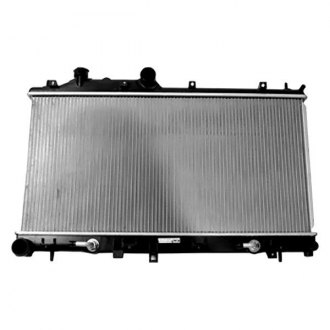
Check the radiator cap valve opening pressure using a radiator cap tester to ensure the cap is within specification (refer to the applicable Subaru service manual).Using clean water and a brush, thoroughly clean the valve (inner and outer surface) and the valve seal surface.Manually open the negative pressure valve.Note: A used toothbrush that has been cleaned works great. Using clean water and a brush, thoroughly clean the cap seal surface.Find Reservoir - Locate the coolant / antifreeze reservoir and clean it.
#Subaru coolant 2015 forester how to#
Open the Hood - How to pop the hood and prop it open. Note: If replacing the cap, skip to Step 2. Getting Started - Prepare for the repair.
#Subaru coolant 2015 forester for free#
BTW: Any Subaru dealership would be happy to top it of for FREE anytime during the warantee. If there is an excessive amount of debris or the sealing rubber on the cap appears to be pitted or damaged, replace the cap. Save Like 2 EgregiousBlunder Discussion Starter 3 brucep said: A search for 'Asian Blue Antifreeze' or 'Subaru Super Blue Antifreeze' should answer your questions. If this is not done completely, remaining debris may result in a repeat issue.

The important part is the thorough cleaning of the negative pressure valve. Coolant will consistently leak out when the engine is running. Sediment or rust will be effortless in the coolant. Radiator Cap Cleaning: Many caps can be successfully cleaned. Common symptoms that your 2015 Subaru Forester needs a coolant flush are: Your temperature gauge will read well above essential with the engine on for copious minutes.

The shorter coolant reservoir tank hose was used in production as shown in Chart 1.ġ. In order to correct the condition you need to clean (and test) or replace the radiator cap, clean out the reservoir tank, and slightly shorten the hose, following the below repair procedure. If this condition continues over time, there will not be enough coolant in the system to maintain proper engine temperature. If it was empty when the system is hot it can draw air into the cooling system. You are right it is there for overflow but it needs to have some coolant into it because it draws it back into the cooling system when it cools down due to heat expansion and cooling contraction. This causes the radiator cap not to seal, allowing excessive amount of coolant to escape overflowing the reservoir tank. It should be between the low and high line. If there is debris that settles to the bottom of the reservoir tank, the hose is low enough to also suck debris back into radiator.


 0 kommentar(er)
0 kommentar(er)
